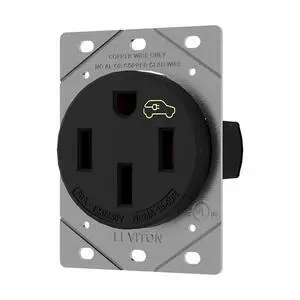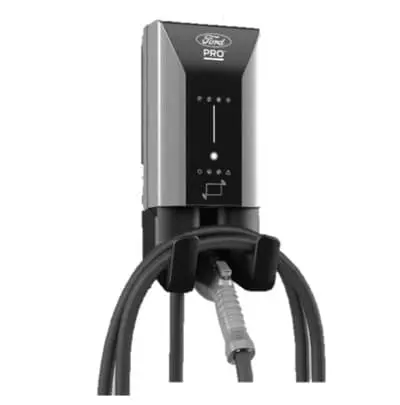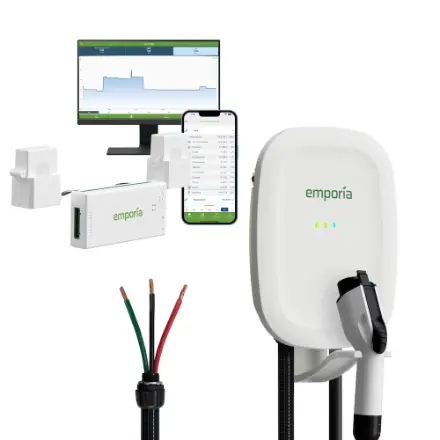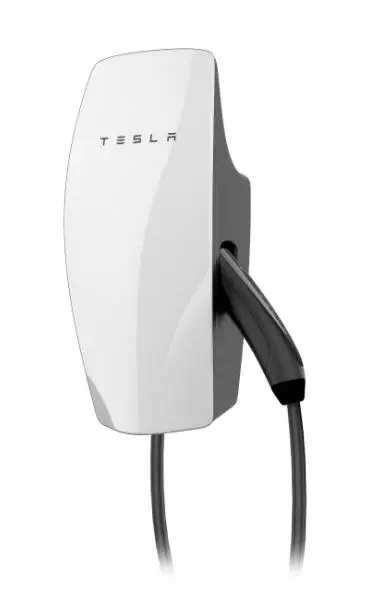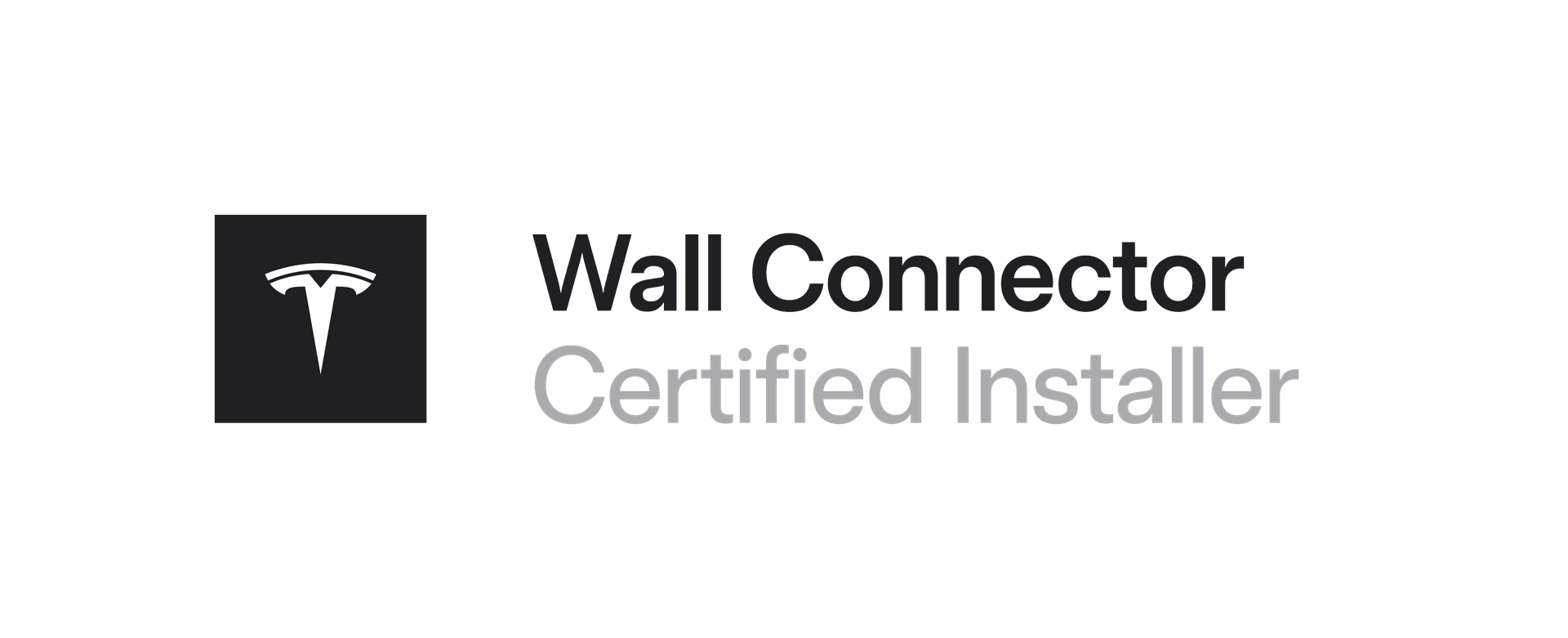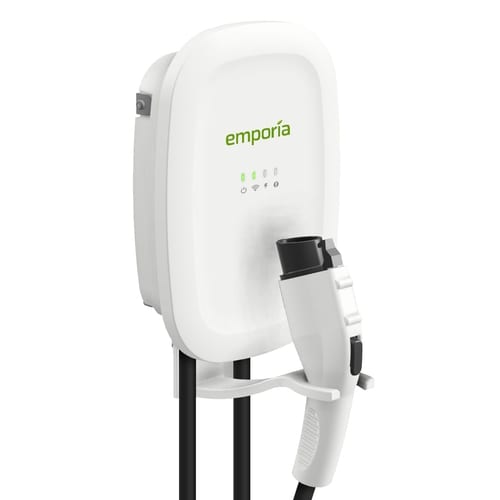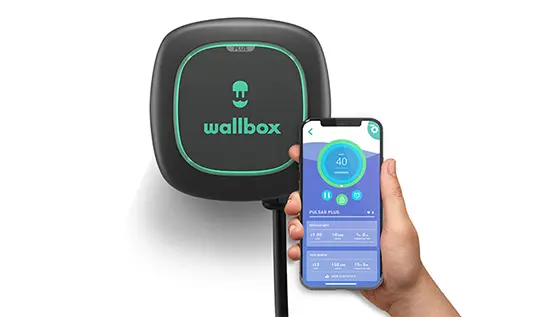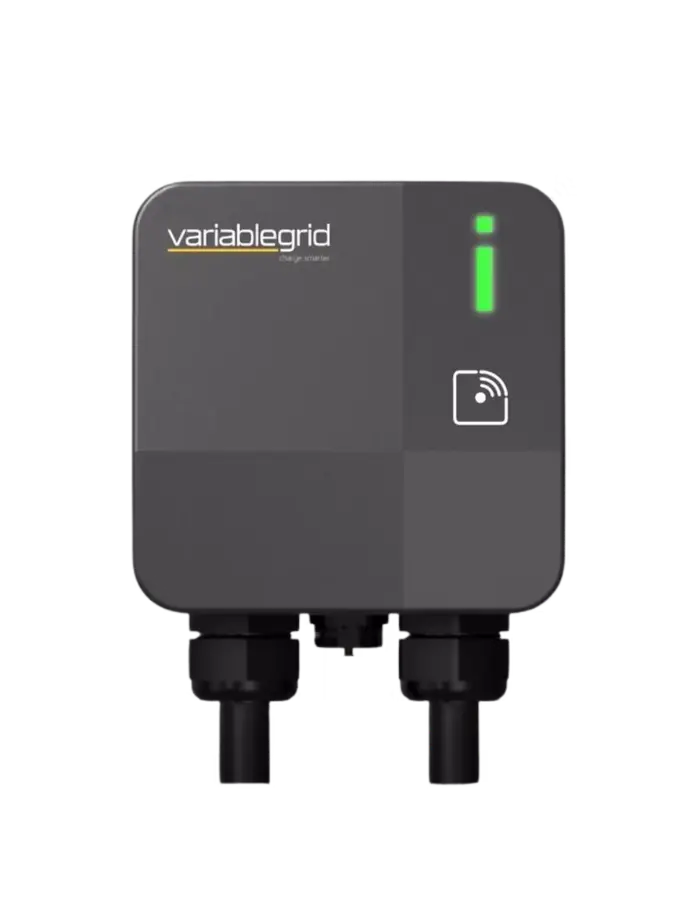Prepare for your charger install
Specific information is required before an EV charger can be installed. Get a head start by collecting some relevant information first. We can assist with any or all of these items as needed, and it is standard information that is collected during a site assessment.
Electrical Capacity
This is the total amount of power that your building can support, and it's determined by the electrical infrastructure. Examine your electrical panel and find the main breaker, which will indicate the total amount of amps that your panel can distribute.
Peak Demand
The highest rate of electricity use during a period of time. It's the time of day or year when electricity consumption is at its peak, often coinciding with the most extreme temperatures of the year.
By logging into your BC Hydro or Fortis account, you can request a usage history for your building. This information is used to determine exactly how much power you use at a maximum over a 12-month period. There are electrical code rules that allow for using an augmented load calculation in lieu of a standard load calculation and it may be the determining factor to verify that there is enough capacity to accommodate an EV charger.
Be aware that it may take a day or two for the utility company to provide the historical data. This process can also be slightly more complicated if you live in a townhouse or similar, and you may be required to request historical usage data from your neighbors if the housing units are connected.
